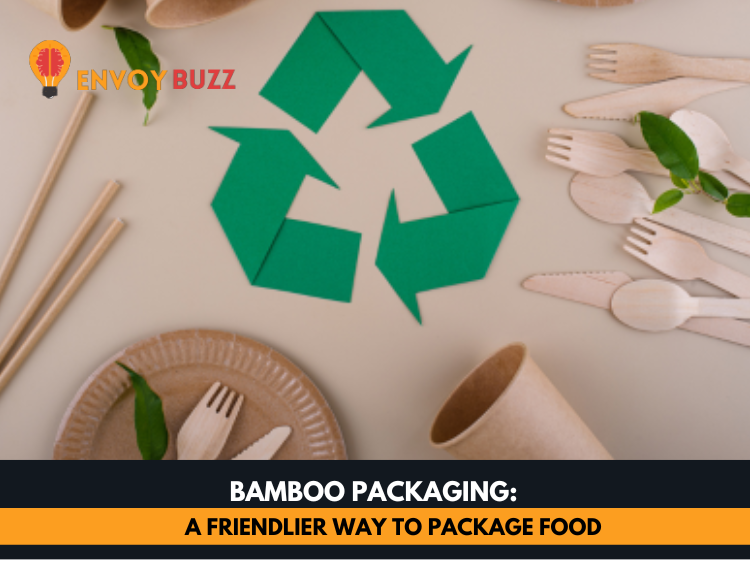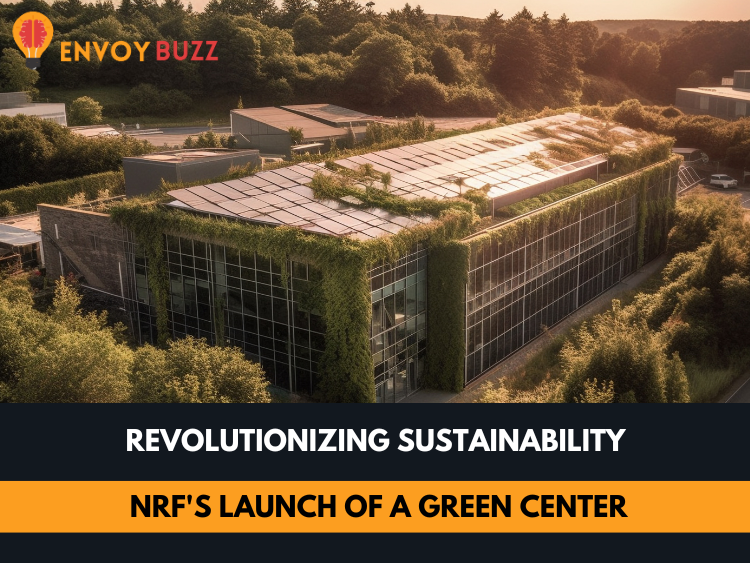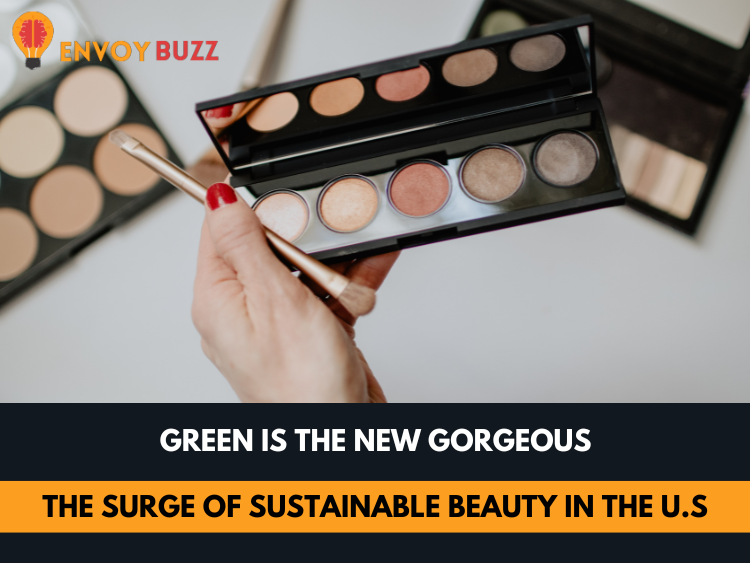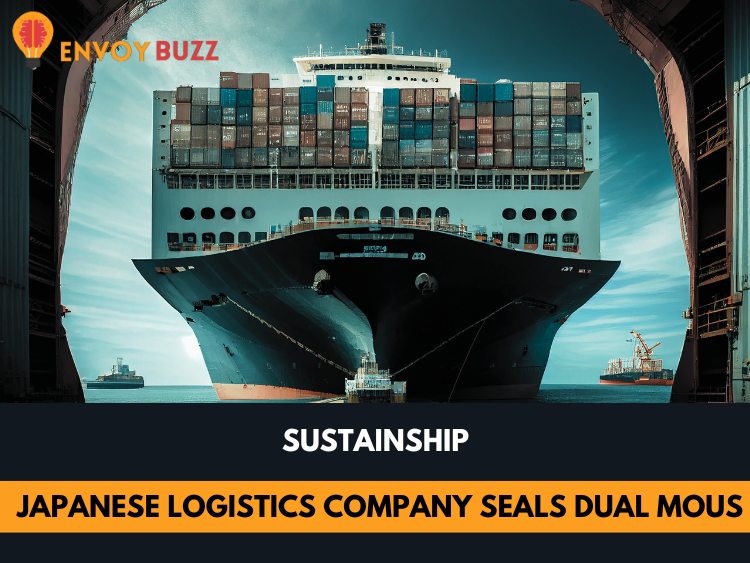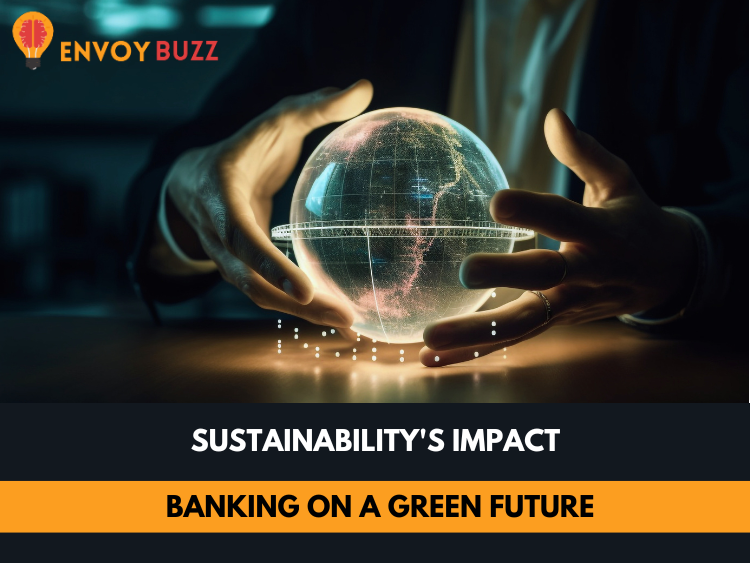Plastic is causing a lot of problems in our world, but there’s a better way: bamboo packaging. This blog looks at why bamboo is a good choice for wrapping food, what challenges it might face, and the exciting changes it brings to help us use less plastic.
1. Plastic Problems and Bamboo Packaging Basics
1.1 Why Plastic is a Problem
Plastic poses a significant environmental threat due to its non-biodegradable nature. Single-use plastic, in particular, is a major concern as it contributes to pollution, harming ecosystems and wildlife. The production and disposal of plastic lead to the release of harmful chemicals, contributing to soil and water pollution. Marine life is particularly vulnerable, as plastic waste often finds its way into oceans, threatening aquatic species through ingestion and entanglement. The accumulation of plastic in landfills further exacerbates the problem, releasing greenhouse gases that contribute to climate change. Given these environmental hazards, finding ways to reduce and eventually eliminate the use of single-use plastic is crucial for preserving nature and protecting the well-being of animals and ecosystems.
1.2 Bamboo Wraps: What’s That?
Bamboo packaging is made from a fast-growing plant called bamboo, which is strong and a good friend to the environment.
2. Good Things about Bamboo Packaging
2.1 Helping the Earth Bamboo packaging breaks down easily, which is way better for the Earth compared to regular plastic.
2.2 Bamboo Grows Fast Bamboo grows quickly, and that’s good because we can use a lot of it without hurting the environment.
2.3 Bamboo Cleans the Air Bamboo plants take in a lot of a gas called carbon dioxide, which is not good for our Earth. Using bamboo helps clean the air and fights against climate change.
2.4 Bamboo Packaging Can Look Cool! Bamboo packaging can look different and be creative. This is awesome for making interesting and unique food packaging.
3. Can My Business Use Bamboo Packaging?
3.1 People Like Earth-Friendly Things
If your business uses bamboo packaging, it shows you care about the Earth. People who like to buy things that are good for our planet will like your products.
3.2 Follow the Rules
Make sure to follow the rules in your area. Using bamboo packaging should fit the guidelines set by your local government. This helps people trust your products.
3.3 Think About Costs
Using bamboo packaging can save money in the long run. Even if there are some costs at the start, in the future, your customers might stay happy because you’re helping the Earth.
3.4 Tell Your Story
Share why you use bamboo packaging in your marketing. Tell the story of how it fits with your brand and why it’s good for the Earth. This can make people feel good about buying from you.
4. Challenges and Good Chances
4.1 Making Bamboo Packaging
Making a lot of bamboo packaging might be a bit tricky at first. We need to find ways to make sure it’s always good quality and not too expensive. But smart people are working on this!
4.2 New Chances for Businesses
More and more people want packaging that’s good for the Earth. If we can figure out the challenges, businesses can do well by using bamboo packaging. This helps the Earth and opens up new and exciting chances.
Bamboo vs. Plastic Packaging
| Feature | Bamboo Packaging | Plastic Packaging |
| Breaks Down Easily | Yes, it breaks down and is good for the Earth | No, stays around for a long time |
| Grows Fast | Yes, bamboo grows super-fast | No, made from things that don’t grow fast |
| Cleans the Air | Yes, bamboo helps clean the air | No, doesn’t help clean the air |
| Looks Cool! | Yes, can be creative and different | Not much variety, looks kind of the same |
Wrapping It Up:
Choosing bamboo packaging is a good idea to help us use less plastic. They have many good things, from being nice to the Earth to looking cool. Even though there might be some challenges, figuring them out can make businesses successful and make our planet healthier. If your business starts using bamboo packaging, it can be a step toward a better and more Earth-friendly future.
For more blogs, please visit EnvoyBuzz

